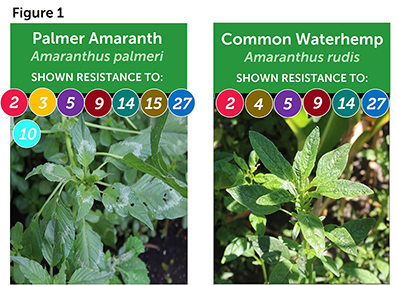Expert: Early Spring Nitrogen Application Unlikely To Increase Wheat Yields
Despite the fact that an unusually wet fall and planting delays kept many wheat farmers from applying starter nitrogen, an Ohio State University Extension educator says they shouldn’t rush to apply spring nitrogen earlier than needed.
Even though wheat has had less time to grow and tiller, applying nitrogen too early in the spring could not only cause farmers to lose money, but also present environmental concerns — and it isn’t likely to increase yields, said Ed Lentz, associate professor who specializes in crop production and agronomy.
Instead of applying nitrogen early, Lentz said farmers should wait until green-up, at the earliest, to maximize yield potential, save money and guard the environment.
“Producers have asked if applying nitrogen earlier would offset the low fall tiller numbers and would tiller number and growth benefit from a split application,” said Lentz, who also is an OSU Extension educator in agriculture and natural resources. “In a word, the answer to that question is a resounding no.
“Our research has found that early application won’t result in more fertile tillers nor will it help to compensate for the fewer tillers we had in the fall,” he added. “And the later fertile tillers you get in the spring won’t produce the larger yields that would have been produced from fall tillers.”
Oftentimes, farmers may want to get into their fields and spread nitrogen early because labor doesn’t conflict with other field operations and they can avoid the risk of wet conditions after green-up.
“But there is no benefit for the wheat crop to apply nitrogen earlier,” Lentz said, noting that wheat does not readily take up nitrogen until after the stems begin to elongate, which is about six to eight weeks after green-up.
“So while it may be more convenient, it is riskier for nitrogen loss and won’t help your crop, so why take the risk of losing it in rain runoff?” Lentz said.
He said the general recommendation is to apply nitrogen one time between green-up and early stem elongation. That leaves anywhere from four to eight weeks (depending on the year) to apply nitrogen without having any yield decreases.
“And for those farmers who are nervous that they didn’t get any nitrogen applied in the fall, the unusually mild winter we’ve experienced this year has most likely allowed the soil organic matter to release more nitrogen than you’d typically see in a colder winter,” Lentz said. “Don’t change your management practices because of the unusual year we’ve had.”
Growers could also consider split application of nitrogen, which may result in larger yields compared to a single topdress at initial green-up, depending on the weather. Lentz said a split would also be a hedge if inclement weather prevented nitrogen being applied at stem elongation.
But, research has shown that a single topdress of nitrogen applied at early stem elongation yielded as well or better than a split application, and unless large nitrogen losses occurred at early green-up, yields were similar between early green-up and split applications.
“Growers also need to keep in mind that if nitrogen losses were great at early green-up, nitrogen would also be lost from the first part of a split program,” he said. “Thus a producer applying at the right time and selecting the right nitrogen source should expect yields similar to a split application, which saves money and the potential damage of a second trip across the field.”






